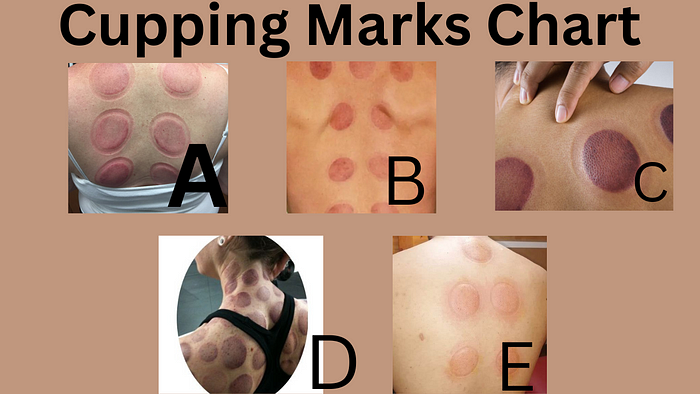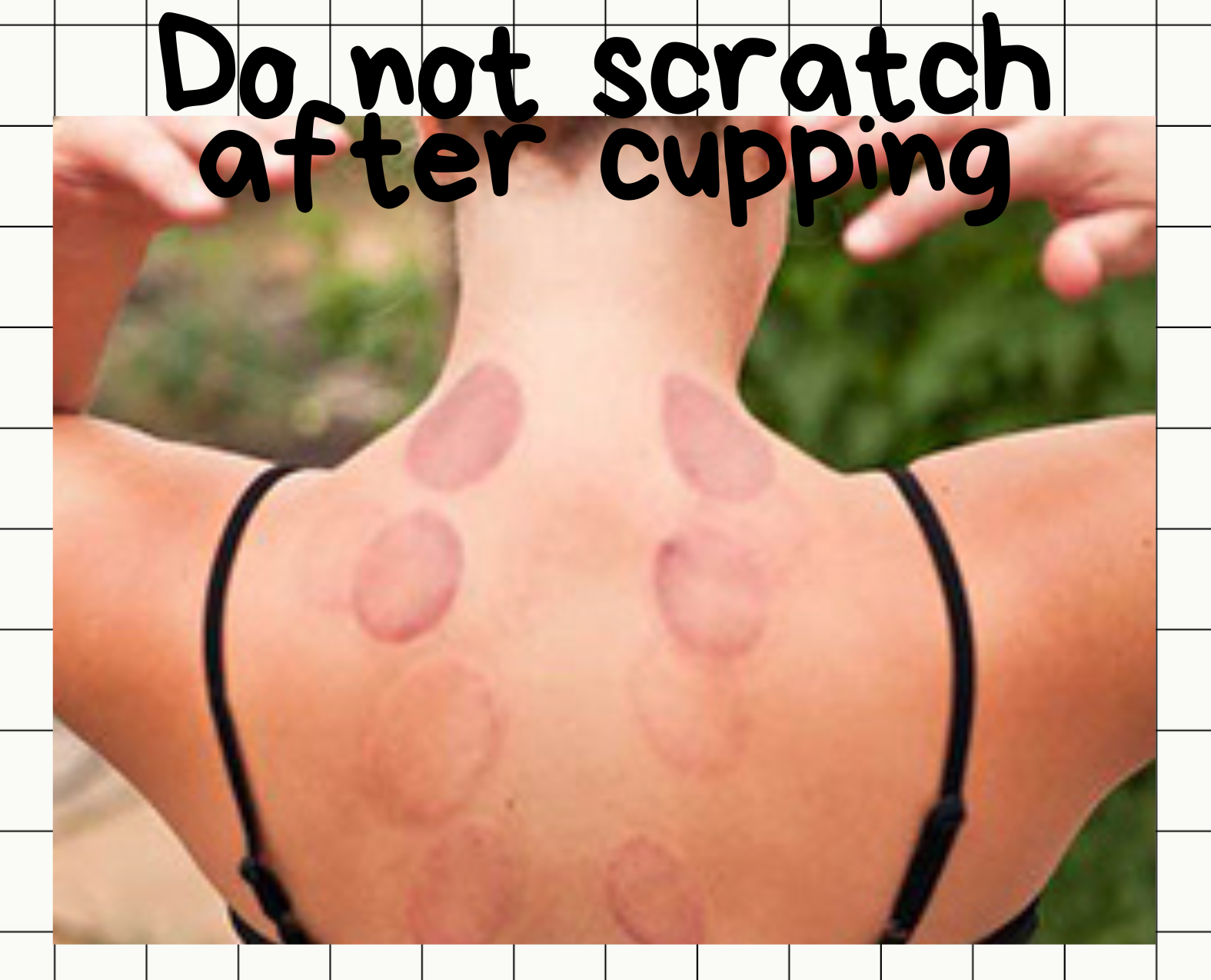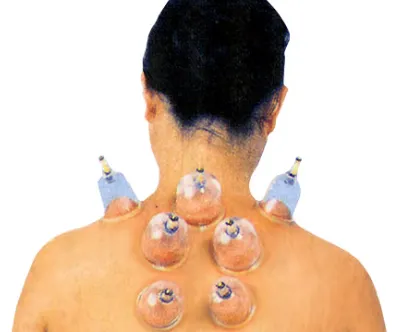How To Take Care Of Your Skin After Hijama Cupping Therapy?
- Get link
- X
- Other Apps
Taking proper care of your skin after Hijama cupping therapy prevents infections, redness, soreness and bleeding.
Hijama Cupping Therapy is an alternative medical therapy that involves suction. Cups are applied to the skin to facilitate suction. The suction is like a deep tissue massage intended to mobilize the blood flow and speed up the natural healing procedure. It is necessary to educate the client about the skin's sensitivity after the Hijama is done.
How Does Hijama Cupping Leave Marks?
When a negative pressure is drawn in the cup through a suction gun, the suction pulls the skin up, and as a result, tiny blood vessels and capillaries on the upper part of the skin break. This is why the area around the cup starts changing colour. This process is called ecchymosis or discolouration of the skin. This process causes discoloration by producing chemicals, known as inflammatory mediators and by forming tiny blood clots under the skin. When the gap between the layers of the skin increases, it allows the tissues and muscles to collect more stagnated blood, toxins and dead blood cells under the top layer of the skin.

Skin becomes very sensitive after cupping. The negative pressure produced by vacuuming the cups exposes the skin's pores to drain the toxins and stagnated materials out of the body. The exposure of the pores makes the skin very vulnerable to infections. Twenty-four hours after Hijama is imperative to take care of the cupped areas.
How To Protect Your Skin After Cupping
There are some specific things you should not do to avoid infections, bleeding or breakouts of the skin.
1- Avoid Scratching The Cupped Area
The first and foremost thing is to avoid scratching the cupped area after Hijama cupping therapy. After Hijama when the healing process starts, it is casual that the incisions may get a bit itchy. Do not scratch the itchy skin after cupping. The skin becomes very fragile after cupping and scratching with the fingernails may aggravate the healing process.
Why Do Our Skin Itch After Cupping
The interaction of the skin cells and the nervous system causes itching. The skin cells signal to the spinal cord that the skin is compromised. The brain releases chemicals such as Histamine as a response to an injury. Histamine chemicals support the regrowth of skin cells but it also causes itchiness.
Scratching the area of incisions may tear new skin cells that the body produces to heal the lesions caused by incisions. Rubbing on an itchy spot caused by incisions may reinjure the area and disrupt the healing process. So, it is not safe to scratch the incision area after Hijama cupping therapy, not even if the skin is itchy.

What To Do When You Feel Itchy?
Itching is generally a harmless symptom after Hijama Cupping Therapy and lasts a few hours. Sometimes itching happens during cupping, if the cup is too tight or has a long retention time on the skin, it becomes dark red, and blisters may appear, which make the skin itch too. Itching also happens when the skin gets dry. Itchy skin after cupping is a very natural phenomenon. There is nothing to worry advise your clients to moisturize the itchy spot with any oil.
It is highly recommended to advise the clients not to scratch on the itchy skin after Hijama cupping therapy. Oiling is the best option that helps to prevent itching. Drinking liquids after cupping hydrates the body and also helps to reduce itching gradually.
2- How To Deal With Burning Sensations
Sometimes clients feel burning sensations after Hijama cupping therapy. Burning sensations can be categorized into two categories. A first-degree burning sensation is considered very mild and normal. It affects the outer layer of the skin and goes away in a couple of hours. A second-degree burning sensation affects the deeper layer of the skin and goes away in a day or two. Both categories are not medical emergencies. Give your healing process some time to work and the burning sensation will disappear soon. Moisturize your skin with moisturizers that suit your skin. Let’s discuss some of the natural moisturizers:
- Honey is considered one of the best remedies for several skin conditions. Honey has anti-inflammatory properties that help to heal wounds rapidly.
- Aloe Vera is very effective to reduce burning sensations. Aloe is anti-inflammatory, promotes circulation, and inhibits the growth of bacteria in wounds.
- Essential oils can also be applied to lessen the burning sensation caused by the incisions of Hijama therapy. Never apply pure, undiluted essential oils directly to the affected area. These can be painful and cause inflammation. Using essential oils to treat burning sensations is entirely safe if they’re used correctly.
- Turmeric has highly anti-inflammatory properties known to relieve itchiness, pain and burning sensation.
3- Avoid Taking Showers
After the session of cupping your practitioner will specifically advise you to avoid taking a shower for at least 12 to 16 hours. The treated areas of your body have become extra sensitive after the treatment so the best thing is to give your skin some time to recover.
This instruction should be strictly followed because suction and incisions open the pores of the skin. That makes the skin very vulnerable. Taking a hot bath in this condition can cause inflammation and damage to the skin. If you want to take a shower with cold water then you can easily catch a cold because your pores are open. Secondly, the chemicals in shampoos, conditioners and soaps can cause infections if they enter through torn (incision area) skin. Give your skin time to heal by itself. You can also apply oil for rapid recovery.
Some people may experience Hematoma, a medical term for bruising. So showering after bruising is not a good idea.
Therefore, immediate baths after cupping should be avoided for at least 12 to 16 hours.
4- Avoid Direct Exposure To Sunlight
It is necessary to avoid extreme heat or direct sunlight instantly after Hijama cupping therapy. Extreme heat or sunlight may cause sweating. Sweating itself is an amazing source of detoxification but sweat contains electrolytes like sodium, potassium and calcium. The high amount of sodium in sweat may lead to itching and irritation. It may also cause burning sensations. So, to avoid itching and burning sensation better to avoid exposure to heat for at least 24 hours and let the body heal itself.
5- Keep yourself Warm After Hijama
Try to cover yourself after the session of Hijama cupping therapy because pores of the skin open after the incisions. So, covering your body is essential to keep yourself warm. Cold can enter the body through open pores and you can catch a cold. Hijama activates the immune system cells and increases the body’s temperature for a few hours. It is highly recommended to advise the client to keep themselves warm for at least 24 hours. The body becomes weak after Hijama, which involves cutting the skin through incisions so that cold air can enter your body through those incisions and could cause a fever.
Hijama cupping therapy has enormous benefits when it is done with a proper protocol and by a professional Hijama practitioner. Keep yourself warm, and hydrated, take a rest and let the body heal itself after Hijama.
- Get link
- X
- Other Apps



Comments
Post a Comment